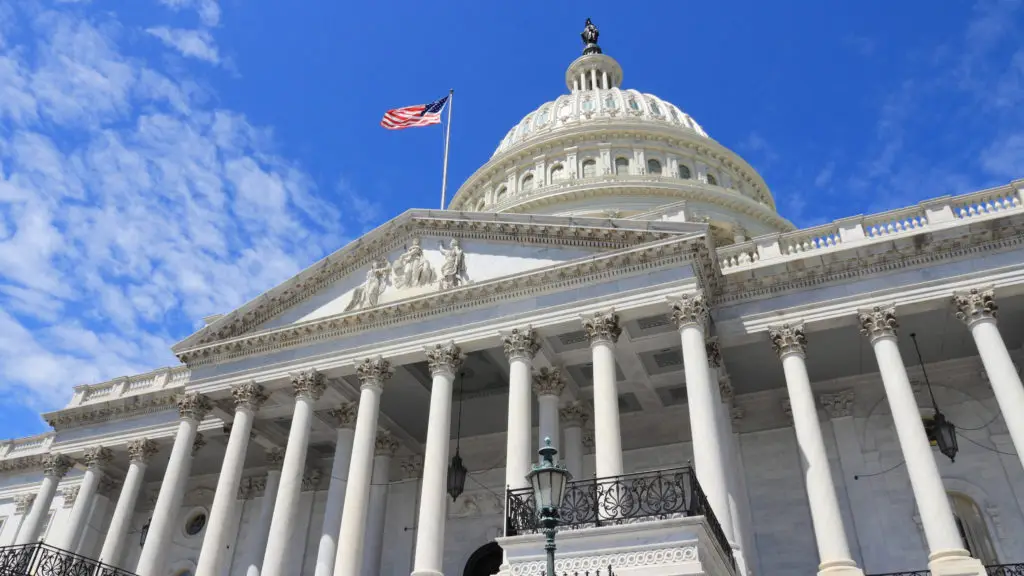The following remarks were delivered to members of the U.S. House Education and Labor Committee during a May 7 briefing on the impact of COVID-19.
Chairman Scott, members of the committee, thank you for the opportunity to talk about the nationwide shutdown of public schools in response to the pandemic, and the move to distance learning.
My name is Robin Lake and I lead a nonpartisan research center at the University of Washington Bothell: the Center on Reinventing Public Education. Since mid-March, our team of researchers has been tracking, weekly, how school districts and states responded to the crisis.
This was a shock to our education system and uncharted territory. District leaders had to make difficult decisions at a very anxious time for all Americans. No one was prepared. No one knew the right path forward. Our goal was to help districts quickly learn from each other and keep as many students learning as possible.
So what have we learned over these last six weeks?
In the early days, most districts struggled to move to distance learning. Many were consumed with meeting basic needs like delivering food and devices. This was especially true for large urban districts serving economically disadvantaged students. Special education was a particular worry. Unsure how to meet federal requirements, districts were afraid to move forward.
Most districts, initially, did little more than provide a list of available online learning resources for families. Parents found themselves scrambling to create their own learning programs and daily schedules, all while dealing with the chaos of the crisis.
But slowly, this has changed. Districts have moved from being in shock to being in the cloud.
Most districts now offer some kind of learning program. The experience for students and families, however, is highly varied depending on where they live.
In some districts, students receive packets of worksheets or watch learning programs on TV broadcasts. In others, teachers might record videos and ask students to work independently and submit assigned work online. Most of the time, parents bear responsibility for making sure the work gets done.
Increasingly districts are realizing that, challenging as it may be, they need to find ways to provide speech therapy and other specialized services from afar. One superintendent in Colorado told us that while he certainly wasn’t happy about the crisis, it was in his words, a swift kick in the pants to start innovating.
Miami-Dade County schools was one of the first large districts to move to online learning, has distributed over 100,000 internet-enabled devices to its students, and has a 92% daily online attendance rate. The district provides strong professional development and supports for teachers and families, all while holding to high standards for teaching and learning.
The New York City Department of Education is providing special education instruction online. Students with all kinds of disabilities can access specialized instruction with their teachers just like their peers.
Some public charter schools have used their flexibility to teach in innovative ways. Instead of one teacher working with a group of 30 students, one teacher delivers live lectures to a larger group while others provide individualized support for students and families.
It’s clear, however, that too many districts are still not providing meaningful instruction. Just half of those we track are providing instruction and monitoring student progress. Even fewer, only 27%, are tracking attendance. We can’t know if students are OK and how we can support them at home if we are not asking them to log on daily.
Too many students still lack access to reliable devices and hotspots.
Meanwhile, private schools and high-flying suburban schools have often been quick to move online and expect students to finish the year’s coursework. Affluent school districts are twice as likely to expect all teachers to teach.
In these schools, teachers are conducting compelling real-time classes, just using videoconference technology and their own creativity. There are guest lectures by global coronavirus experts, Socratic discussions using virtual break out groups, and even student-run music clubs.
What all this means is that there will be significant learning loss in many parts of the country and for many, many kids. According to what researchers from NWEA call the “COVID Slide”, elementary students may have lost half the math skills they should have learned this year.
Students who were already behind will almost surely fall farther behind. When schools do reopen, students will face learning gaps that may not be closed for years.
It is critical we finally address those inequities. But there is a perfect storm brewing next year. Intensive learning and mental health needs will collide with projected budget cuts and layoffs, creating an unprecedented challenge for public schools.
Most students won’t have the content or skills they need for grade-level courses. Many kids will have experienced deep and lasting trauma. Some students with disabilities will have missed months of therapeutic services. A significant number of students will be missing or homeless.
To comply with health guidelines, educators will almost certainly be forced to limit the number of students in classrooms and on buses.
Schools will have to continue teaching online for some students, for part of the day, or if schools must close again due to regional infections.
The economic slowdown will mean bare-bones school budgets and teacher layoffs. We are hearing estimates of overall 10-30% cuts to state budgets, This could mean an average loss of $800 and $2400 per student. Researchers at Georgetown University estimate the recent federal stimulus bill will provide about $270 per pupil, not nearly enough to fill the gap.
These financial impacts will continue for years, until states’ economies fully recover. And they will hit high-poverty schools the hardest. Schools with large concentrations of low-income students typically have more new teachers. They will bear the brunt of seniority-based layoffs unless policy makers act.
Unless we get serious about flattening the learning loss curve, our educators will be overwhelmed, and too many students could go into academic death spirals.
There is no way to buy our way out of this problem. More federal funding will almost certainly be needed, but it will be imperative that every dollar is spent on evidence-based solutions. Educators and school system leaders will have to shift and adapt quickly, bringing their greatest creativity and problem solving capacities to the table.
Flattening the learning loss curve is possible despite these unprecedented challenges. But we need a nationwide mobilization.
Governors, state education chiefs, and school districts will have to coordinate their efforts to 1) Limit learning loss now and over the summer with intensive tutoring around core skills 2) Assess and prioritize the greatest needs, including students with special needs and those who struggled in the online environment 3) Use evidence and adapt the ways schools teach and support kids next year: policies and practices will have to shift rapidly on behalf of kids.
New federal and state money will almost certainly be needed to ensure every student can get online.
But providing devices and broadband connections will not be enough. Federal education dollars can support research-based interventions like the following:
Tutors to ensure every student develops the skills and knowledge they need to progress to the next grade using programs like Americorps.
Quality summer learning for students and professional development time for teachers. Additional Title 1 and special education funding could support this critical work.
New pathways to college and career through innovative high school partnerships with community colleges, industry and trade unions, could provide important new pathways to living wage jobs at a time when the economic downturn and the disruptions of the pandemic have thrown many young people’s post-secondary plans into disarray.
Compensatory special education services to pay for therapeutic assistance that districts could not provide this spring and must make up for.
Meaningful assessments and data systems. Students will need intake evaluations, the equivalent of patient medical charts. We cannot ask teachers and parents to fly blind next year.
These are all evidence-based ideas, but they will require educators, communities, and families to look beyond traditional turf wars and act with urgency and creativity. Some will require difficult shifts away from how things have always been.
It’s clear: this crisis didn’t create inequality. It just shined a light on deeply troubling realities that are hardwired into public education. There are obvious steps we can take, like closing connectivity gaps, but we can’t stop there.
We need to ask: what is this crisis telling us about our public education system? How will we react? And are we willing to put the full force of resources and quality instruction behind the communities and students most in need?
With strong leadership from you, I believe public education can emerge from this crisis with a new urgency and vision of what’s possible for all students. Thank you again for inviting me to share our research. I’ll do my best to answer any questions you have.




